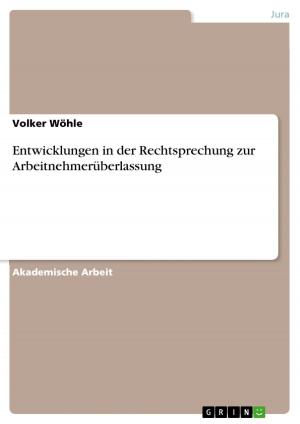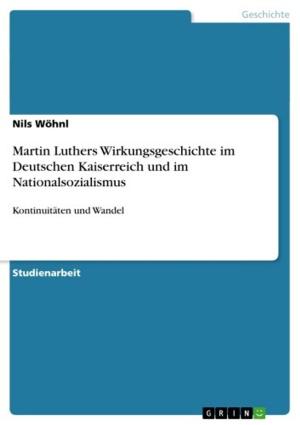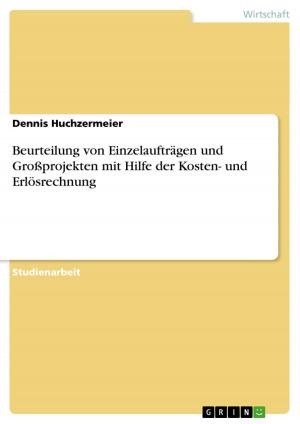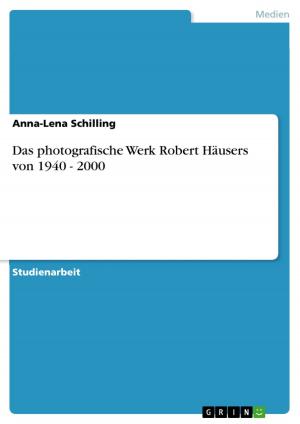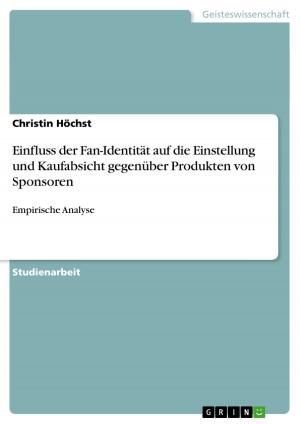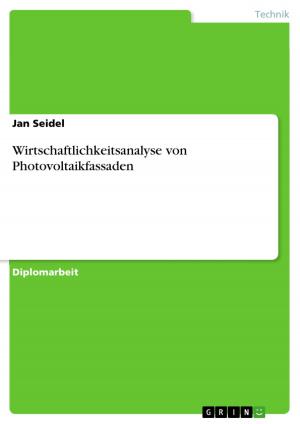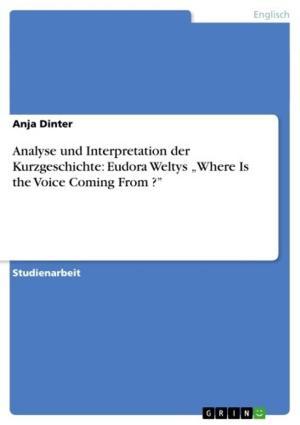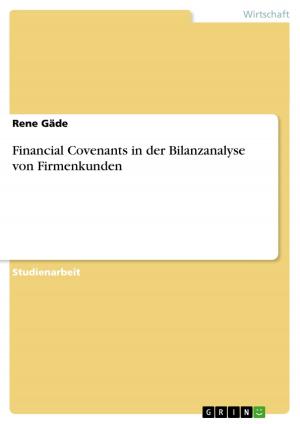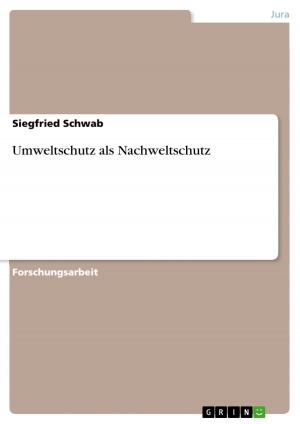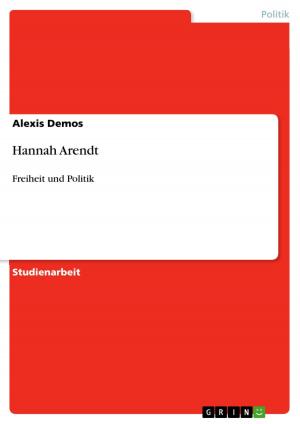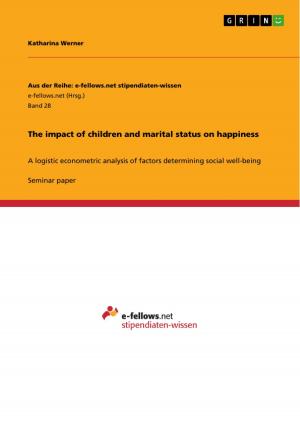An overview paper about: Morphology (word-formation processes)
Nonfiction, Entertainment, Drama, Anthologies| Author: | Hanno Frey | ISBN: | 9783638205245 |
| Publisher: | GRIN Verlag | Publication: | July 17, 2003 |
| Imprint: | GRIN Verlag | Language: | English |
| Author: | Hanno Frey |
| ISBN: | 9783638205245 |
| Publisher: | GRIN Verlag |
| Publication: | July 17, 2003 |
| Imprint: | GRIN Verlag |
| Language: | English |
Essay from the year 2000 in the subject English Language and Literature Studies - Linguistics, grade: 1,7 (A-), University of Hamburg (FB Anglistics), course: Seminar II, 27 entries in the bibliography, language: English, abstract: This paper deals with a fundamental branch of linguistic research. The term fundamental is justified insofar as the ability to analyse a continuous string of sounds into discrete units constitutes a central part of language comprehension. The analysis of morphological structures is situated right at the basic level of a language because it reveals deeper insight into how the smallest meaningful parts of a language are organized. A morphological description includes information about the internal structure of words, the rules that govern these structures and the relationship among words. Furthermore, the linguists' interest in morphology is not just concerned with a mere description of that what already exists - it is also aimed to show in how far a language may be viewed as potentially creative with regard to the invention of new words on the basis of a given set of rules. This process is traditionally referred to as productivity and equated with 'linguistic creativity' or 'creativity in language'. The corresponding field of linguistic reserach deals with the study of words which goes beyond the limitations of dictionary entries. In this context words, phrases and texts must be seen as larger, complex or non-primitive units that are built up from morphemes in successive stages.
Essay from the year 2000 in the subject English Language and Literature Studies - Linguistics, grade: 1,7 (A-), University of Hamburg (FB Anglistics), course: Seminar II, 27 entries in the bibliography, language: English, abstract: This paper deals with a fundamental branch of linguistic research. The term fundamental is justified insofar as the ability to analyse a continuous string of sounds into discrete units constitutes a central part of language comprehension. The analysis of morphological structures is situated right at the basic level of a language because it reveals deeper insight into how the smallest meaningful parts of a language are organized. A morphological description includes information about the internal structure of words, the rules that govern these structures and the relationship among words. Furthermore, the linguists' interest in morphology is not just concerned with a mere description of that what already exists - it is also aimed to show in how far a language may be viewed as potentially creative with regard to the invention of new words on the basis of a given set of rules. This process is traditionally referred to as productivity and equated with 'linguistic creativity' or 'creativity in language'. The corresponding field of linguistic reserach deals with the study of words which goes beyond the limitations of dictionary entries. In this context words, phrases and texts must be seen as larger, complex or non-primitive units that are built up from morphemes in successive stages.

